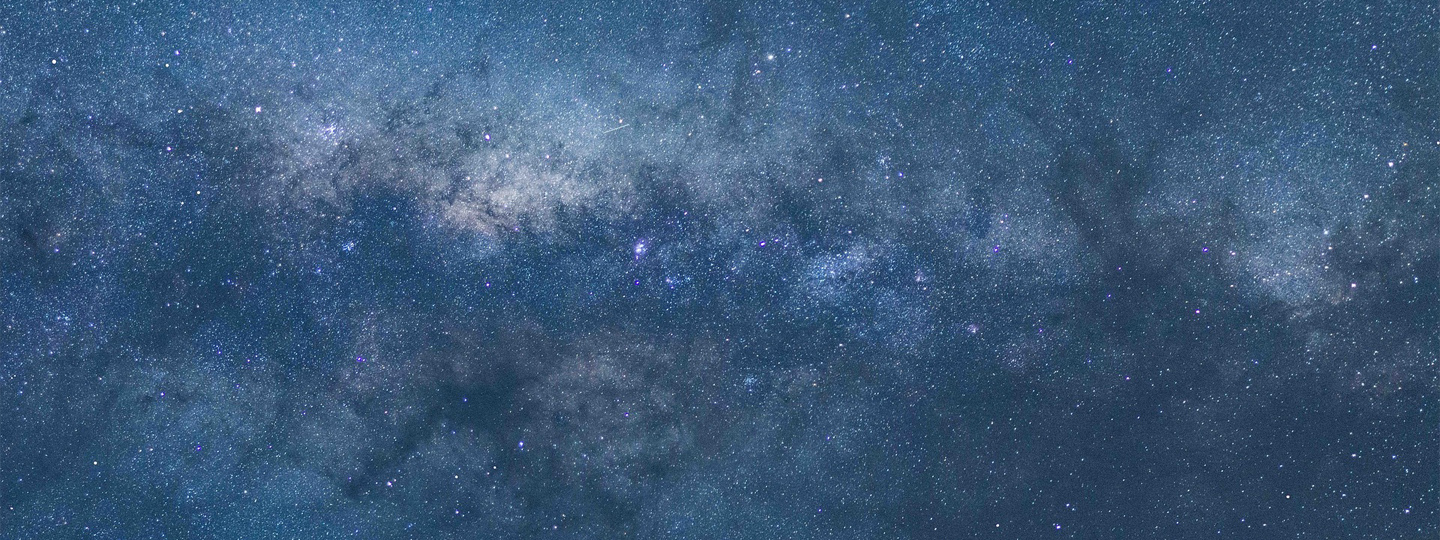

Spring Astro Calendar
– March, April, May 2025
THIS SEASON’S SKYGAZING TOP PICKS
March 1 – Conjunction Moon and Venus
March 14 – Total lunar eclipse
March 23 – Saturn ring plane crossing
April 1 – Close approach of crescent Moon and Pleiades
April 22 – Lyrid meteor shower
April 23 – Pinwheel Galaxy (M101) in Ursa Major, highest point at midnight
April 24 – Venus at brightest in 2025 morning apparition. Moon and Venus conjunction with Saturn nearby – morning view
May 2 – Asteroid Vesta at opposition – binocular event early morning
May 3 – Conjunction Mars and Moon
SPRING PLANET VISIBILITIES (evening)
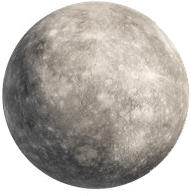 |
Mercury: Early March. West after sunset. |
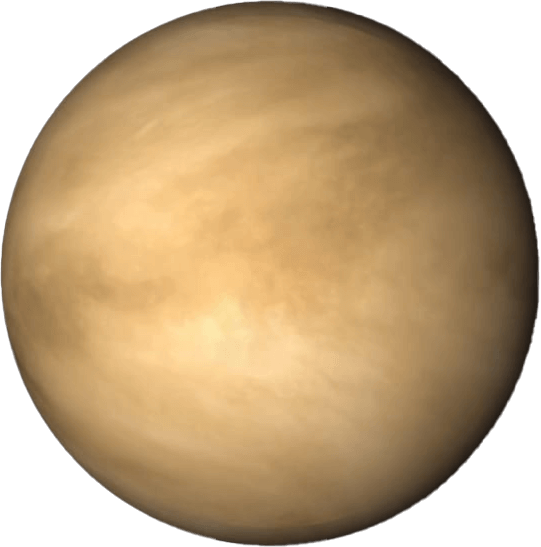 |
Venus: Early March. |
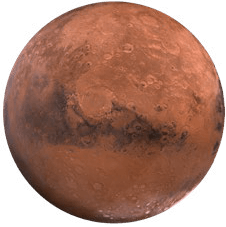 |
Mars: March, April, early May. |
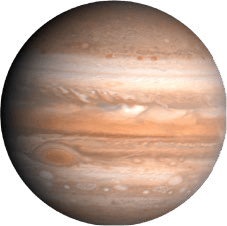 |
Jupiter: March, April, early May. |
Moon Phases Key
New Moon  First Quarter
First Quarter  Full Moon
Full Moon  Third Quarter
Third Quarter 
Moon Phases
| March | 6:  |
14:  |
22:  |
29:  |
| April | 4:  |
12:  |
20:  |
27:  |
| May | 4:  |
12:  |
20:  |
26:  |
WHAT’S UP?
Total Lunar Eclipse
Late night/early morning observers will be treated to a total lunar eclipse Fri., March 14. The Moon will start to darken at 1:10 a.m. Totality will take place from 2:36 a.m. to 3:31 a.m. This is the point when the Moon appears in hues of dark red. By 4:48 a.m., the Moon will have moved fully out of the deepest part of Earth’s shadow, the umbra. As the final phase of the event ends, the Moon will again beam as the full “Worm Moon” of March.
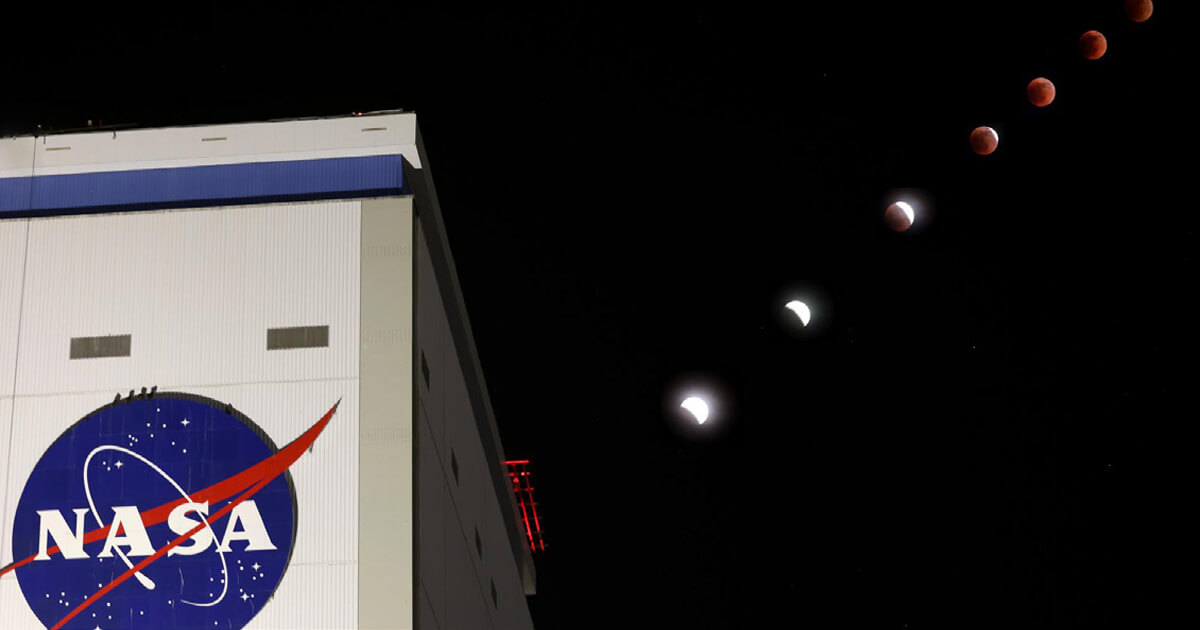
Image credit: NASA, Michael DeMocker
SPACE NEWS: Europa
NASA’s Europa Clipper mission, launched in October 2024, aims to get a gravity assist from the planet Mars in early March. The gravity assist technique helps increase momentum of the spacecraft on its long flight. It’s sometimes thought of as a slingshot method and it is vital to deep distance voyages. An investigation of what is below the icy surface of Jupiter’s moon, Europa, is the missions’ driving force. Mysteries of an immense ocean are hoped to be revealed in 2030.
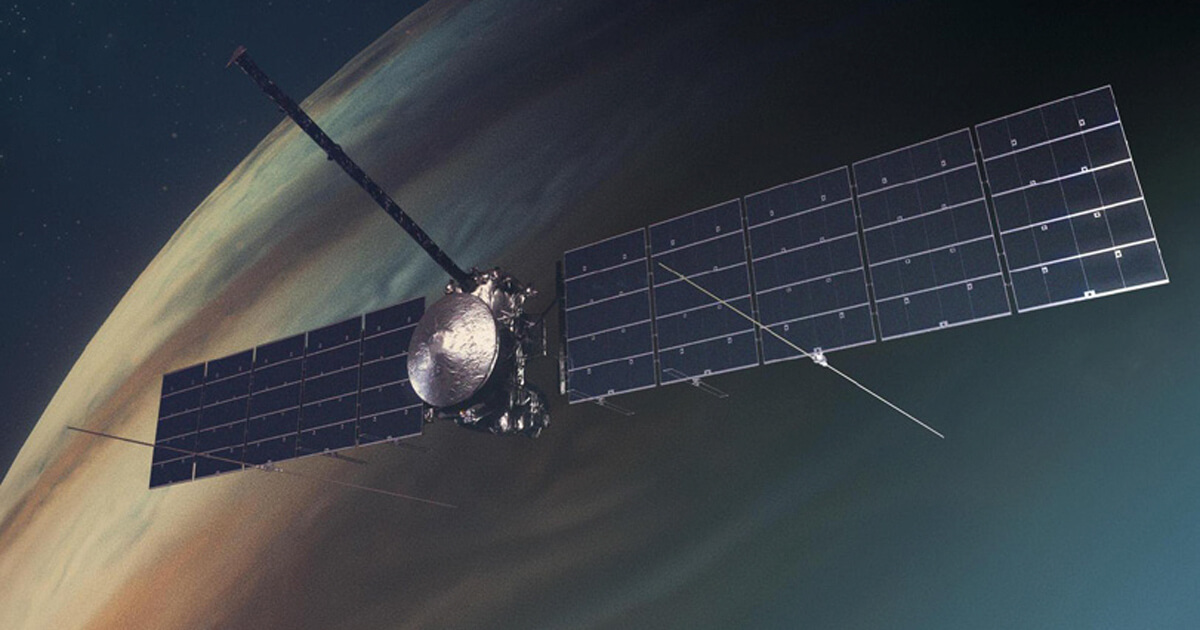
Image credit: NASA, JPL-Caltech
Star Chart (PDF) 
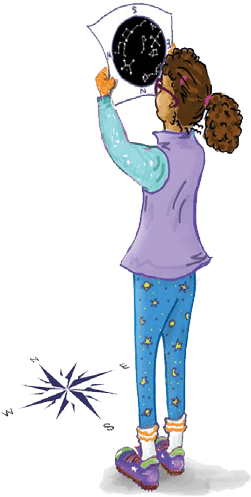
How do I use the star chart?
Hold it out in front of you with the direction you’re facing at the bottom of the chart. It works even better if you hold it above your head and look up at it.
Why are east and west switched?
They are only switched because you’re used to looking at maps of the ground. Hold it above your head, and you’ll see the directions line up just right.

